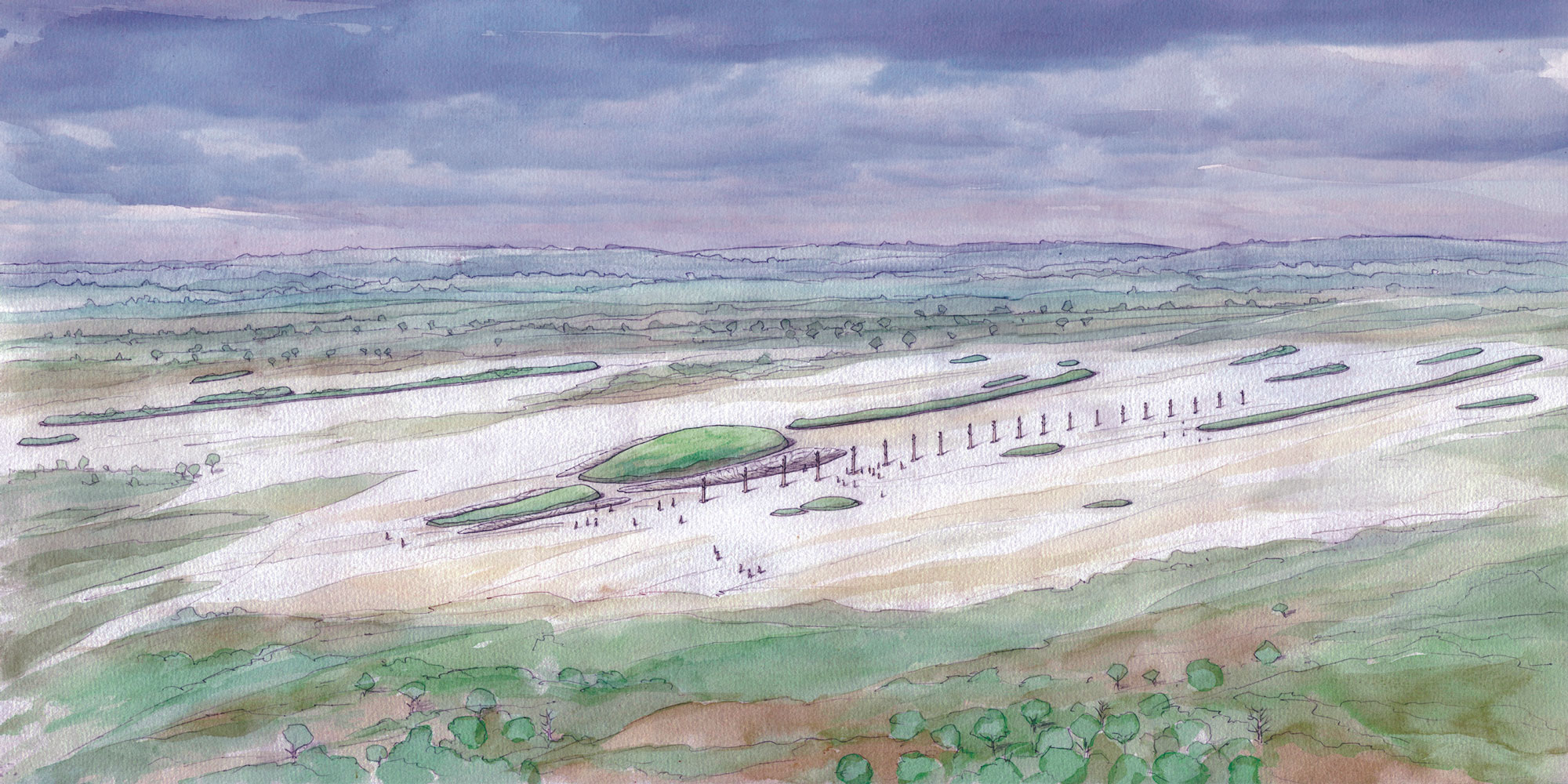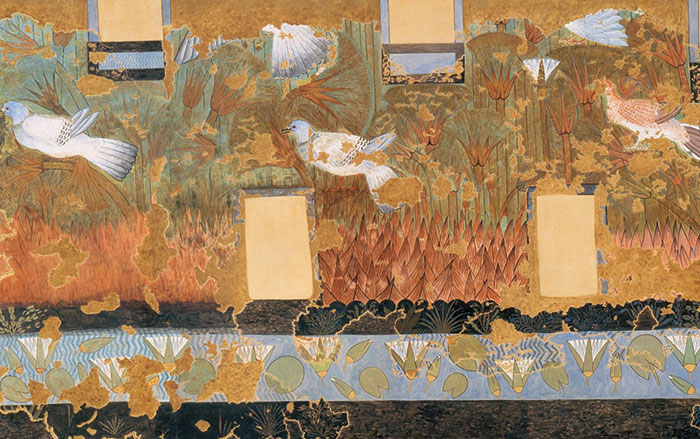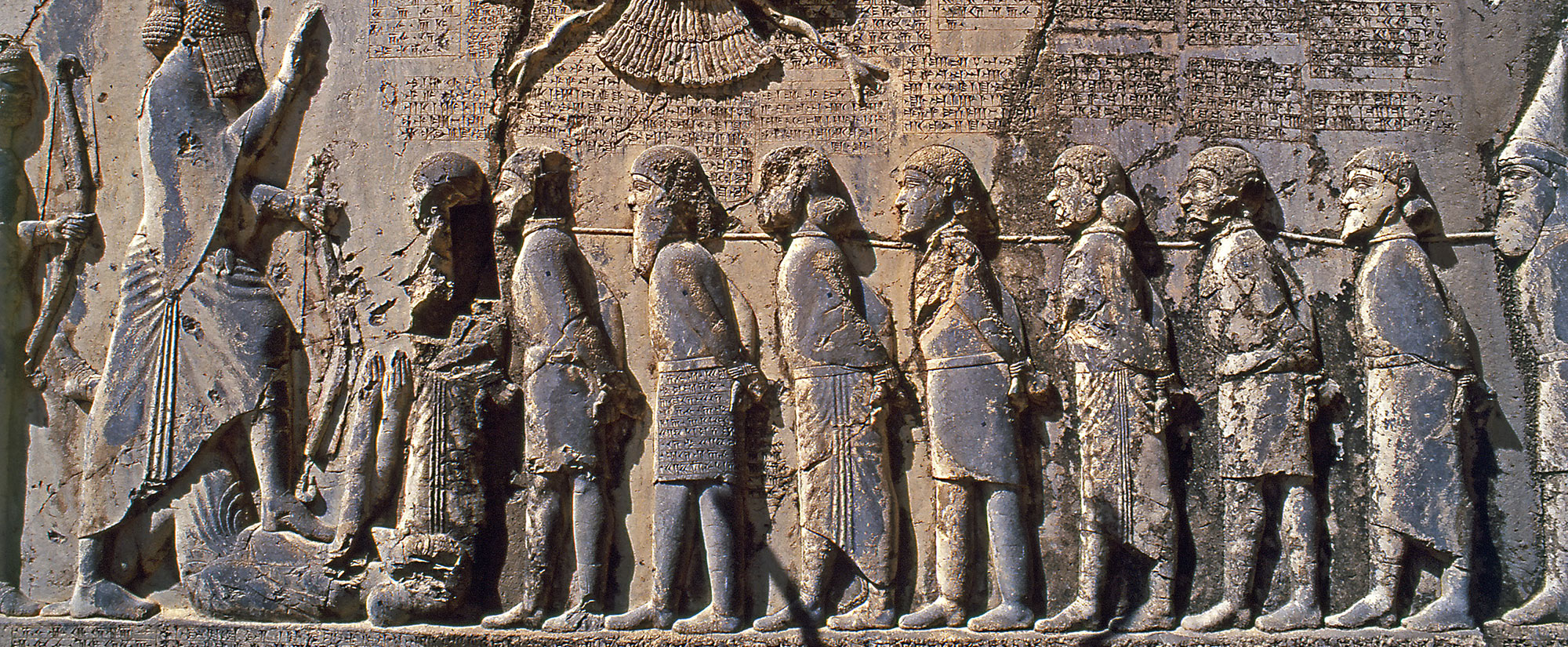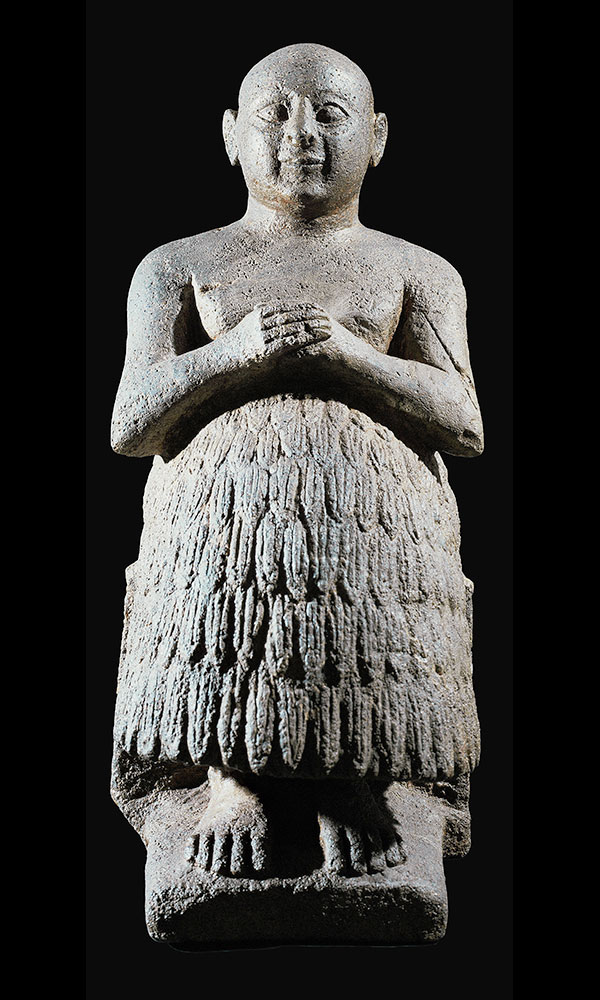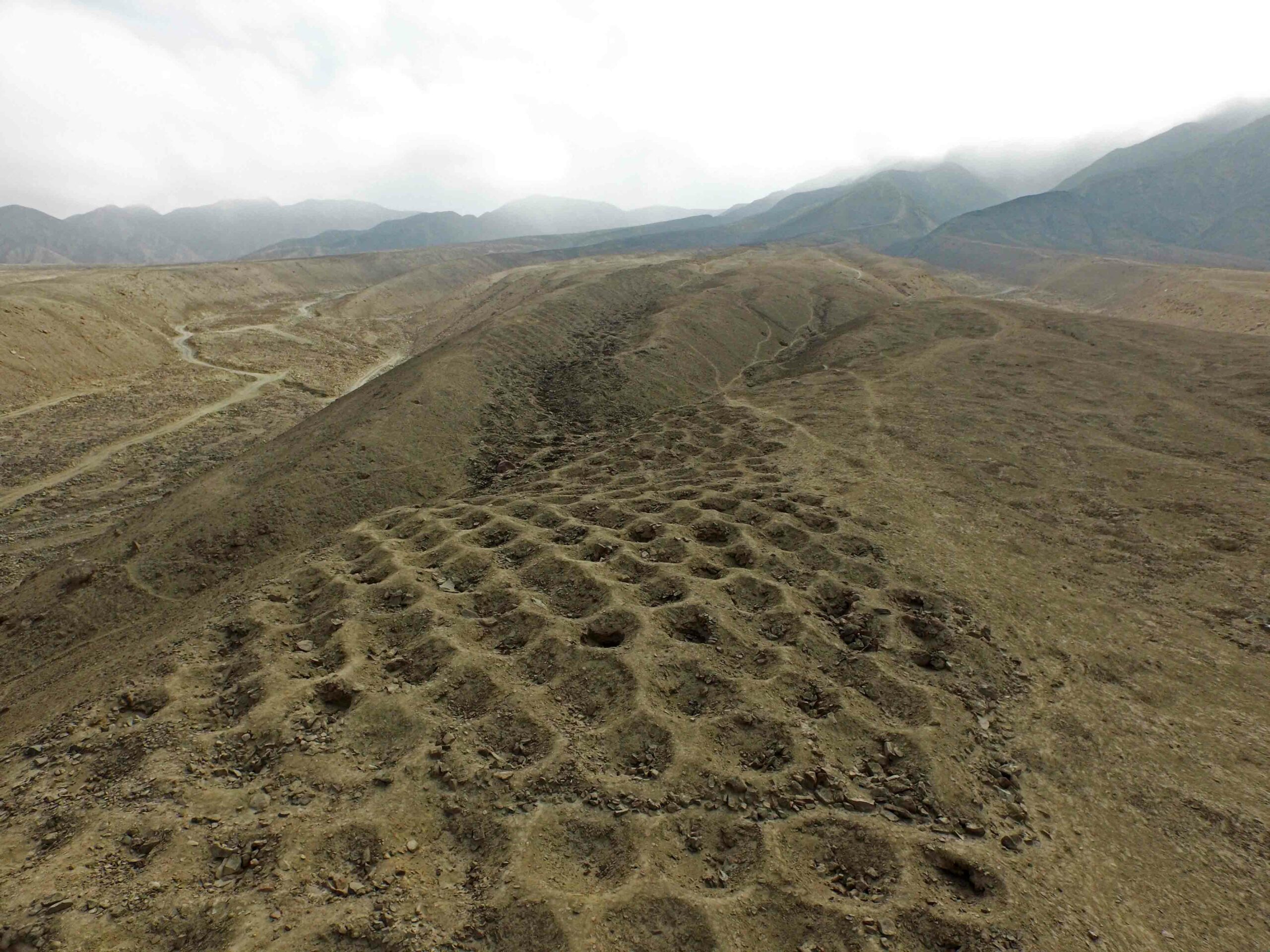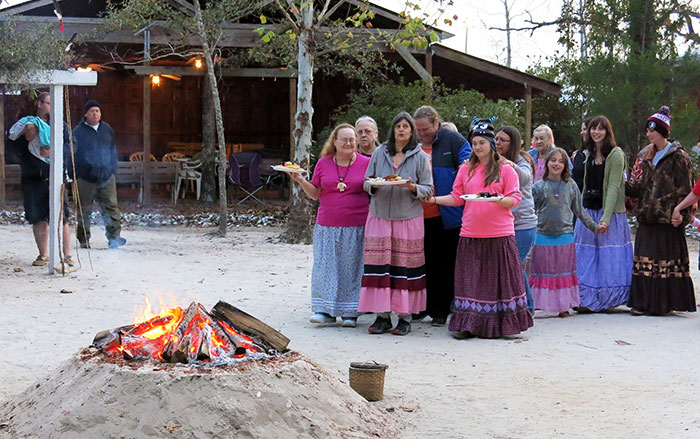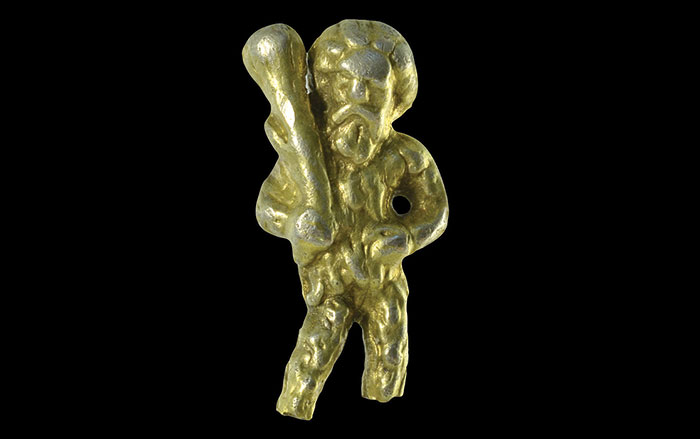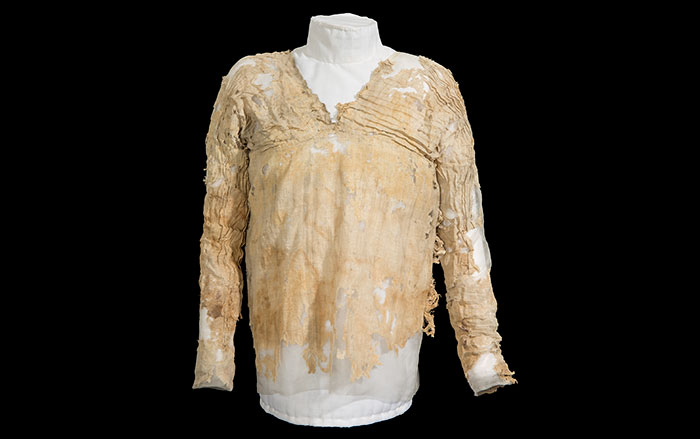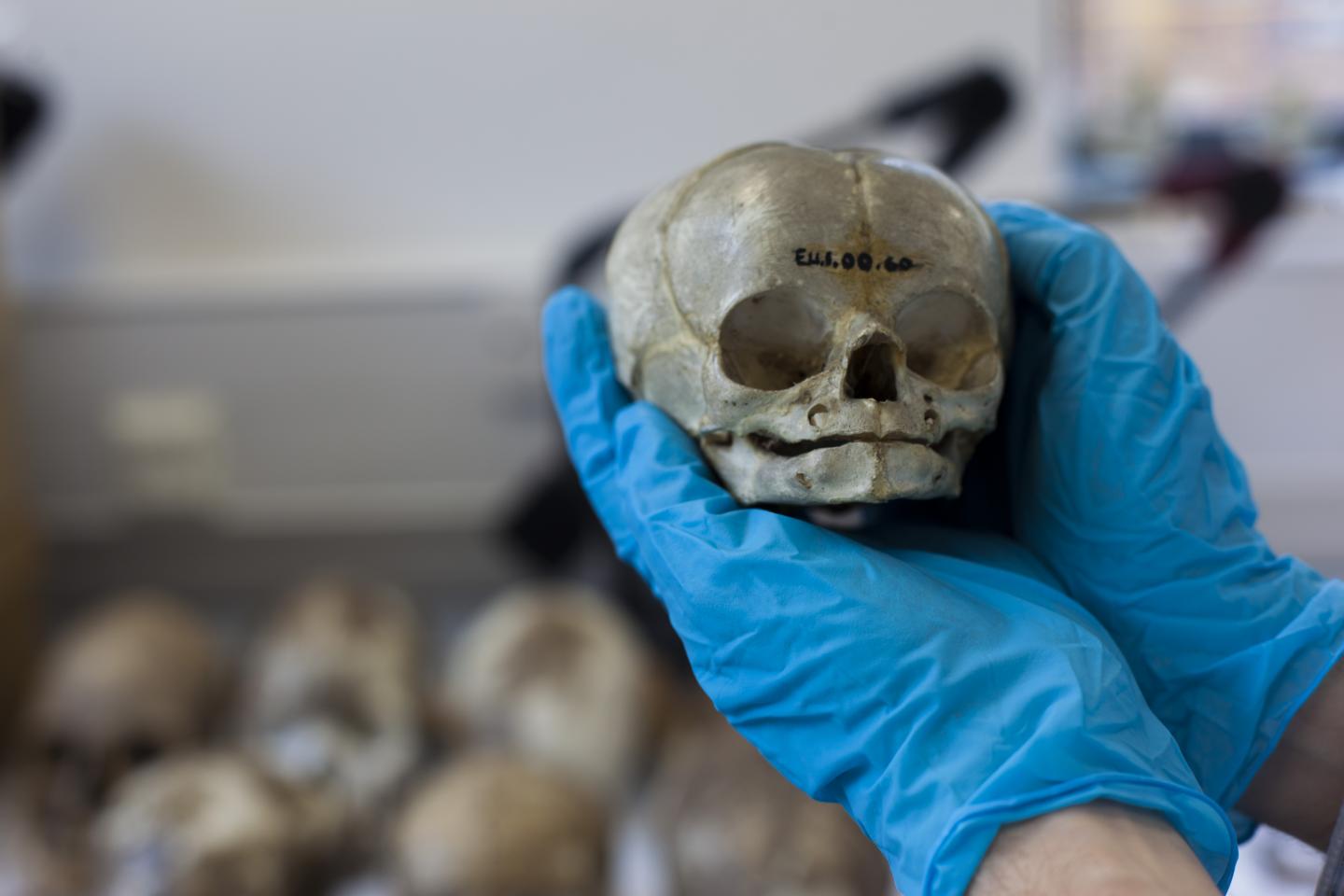
CAMBRIDGE, ENGLAND—British anatomists made greater use of the remains of infants and stillborn or miscarried fetuses in the eighteenth and nineteenth centuries than had been previously thought, according to a report in Live Science. The corpses most readily available to anatomists, those of criminals and the very poor, tended to be of adult men, which meant that younger corpses were more highly valued. Researchers have looked at a University of Cambridge collection including 54 infant and fetus specimens dating from 1768 to 1913 and concluded that cadavers of the young were more likely to be kept as part of medical collections than those of adults. Piers Mitchell, a biological anthropologist at the University of Cambridge, notes that special care was taken when preparing infant and fetal bodies and that researchers learned much about how the body develops through studying them. “They could see for the first time how the bones grow at different ages,” he said. Many of the infant bodies appear to have come from workhouses and poorhouses, while others may have come from illegitimate births, which were highly stigmatized, leading to instances of infanticide. For more on the study of cadavers, go to "Haunt of the Resurrection Men."



